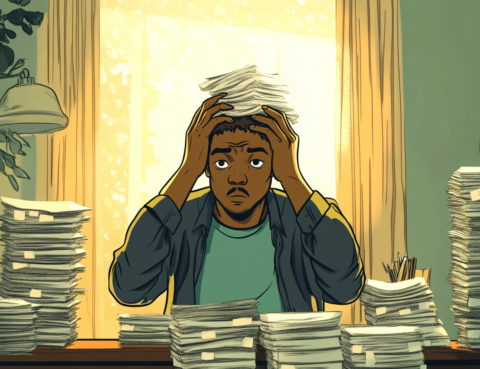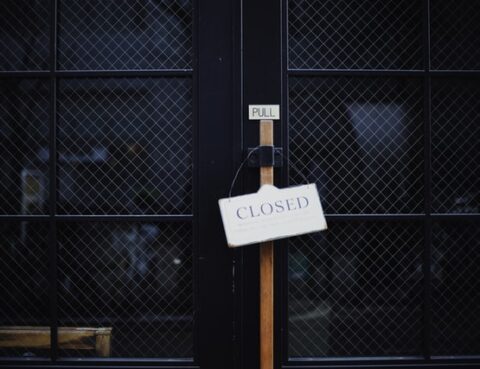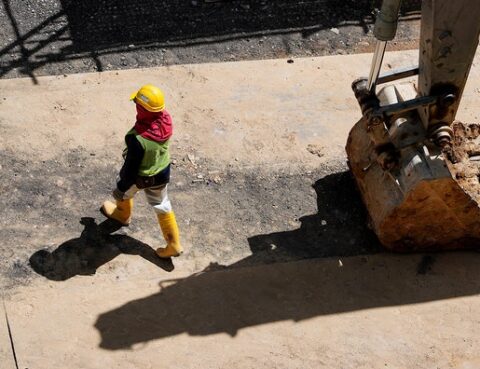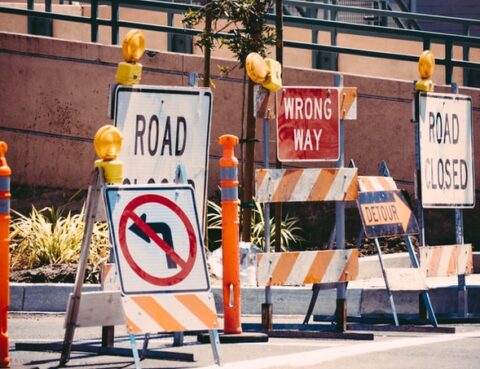Construction Holidays are a unique Canadian phenomenon. Read our latest blog entry to learn more about the impacts of this holiday on the economy and its implementation potential in the rest of Canada.
The Construction Act was amended as of November 2024. In our latest blog, we discuss how these changes affect the Residential Construction industry.
Retaining holdback is no joke. Failure to do so may be catastrophic and may result in double payment. Take a look at a recent case our office argued and the consequences that follow to the owner who failed to retain holdback.
The imbalance between homeowners and contractors often leads to various blunders and consequences, some of which are innocent and others that are intentional (and stem from a lack of education on the part of homeowners). In this blog, we will be discussing some of the common pitfalls and traps affecting homeowners during their construction projects.
A common misconception is that a discharged construction lien can be revived if additional services or materials are supplied to the subject property. This is not the case. Once the door closes on your lien rights, it will never re-open.
Despite its benefits, holdback has disadvantageous features to certain subcontractors in the context of larger-scale projects – early release assists with this problem.
How can a Subcontractor stop payments in wake of ongoing construction dispute? In realizing the fast-paced nature of the construction industry, the drafters the Construction Act, created a mechanism allowing Subcontractors to cease payment on a project without having to actually preserve a lien. Namely, a “Written Notice of Lien.”








